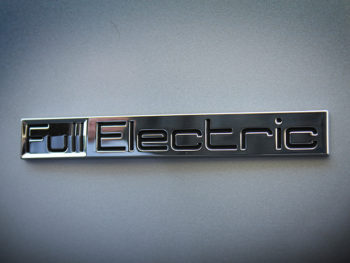EV tax benefits and incentives show wide variations in EU
Although tax benefits and incentives to stimulate electric vehicle sales are available in nearly all EU member states now, the nature and level of these measures still varies widely.

The ACEA document shows the nature and (especially) the monetary value of plug-in vehicle benefits and incentives still varies widely in EU member states
That’s the finding of the European Automobile Manufacturers Association (ACEA) as it publishes new data outlining such fiscal measures for buying electric vehicles in the 28 member states of the European Union.
The document finds that incentives of some form for plug-in vehicles are available in 24 out of the 28 EU states. However, just 12 EU member states offer bonus payments or premiums to buyers. Most countries only grant tax reductions or exemptions for electric cars.
The table has been published a week after ACEA issued data showing low uptake for EVs in lower-income EU countries as it called for more incentives for drivers to make the switch.
The analysis compared national data on the sales of electrically chargeable vehicles with GDP per capita in the EU member states for the full-year 2018; it found that all countries with a market share of less than 1% for such vehicles – which equates to half of all EU member states – have a GDP per capita below €29,000.
“Besides investing in charging infrastructure, governments across the EU need to put in place meaningful and sustainable incentives in order to encourage more consumers to make the switch to electric,” said ACEA secretary general, Erik Jonnaert.
“People throughout the EU should be able to consider purchasing an electric vehicle – no matter which country they live in – north or south, east or west. The affordability of the latest low and zero-emission technologies needs to be addressed by governments as a matter of priority.”
Jonnaert’s latest comments on plug-in incentives follow ongoing calls from the association for increased investment in EV infrastructure, which it says will also help encourage more drivers to switch to EVs.
With final data from the European Environment Agency (EEA) showing that average CO2 emissions from new cars actually rose in 2017, Jonnaert has highlighted that meeting 2021 CO2 targets will require a much stronger uptake of alternatively powered cars. He’s also pointed out that there are currently some 150,000 public charging points for electric cars available in the EU, but at least 2.8 million will be needed by 2030, according to conservative estimates by the European Commission. That translates to almost a 20-fold increase within the next 12 years.
However, a report last September from environmental NGO Transport & Environment said that in markets in Northern and Western Europe, which represents the overwhelming majority of EV sales, the ‘chicken and egg dilemma’ of electric car take-up versus charging points has largely been resolved and that the primary bottleneck in growing the market for electric cars is not the lack of recharging but the lack of cars to plug-in. However, in Southern, Central and Eastern Europe the deployment of rechargers has been much more limited, although future support will be available. And the report called for work in areas including the creation of an EU fund dedicated to urban rapid charging and prioritisation of investment in grid upgrades.







